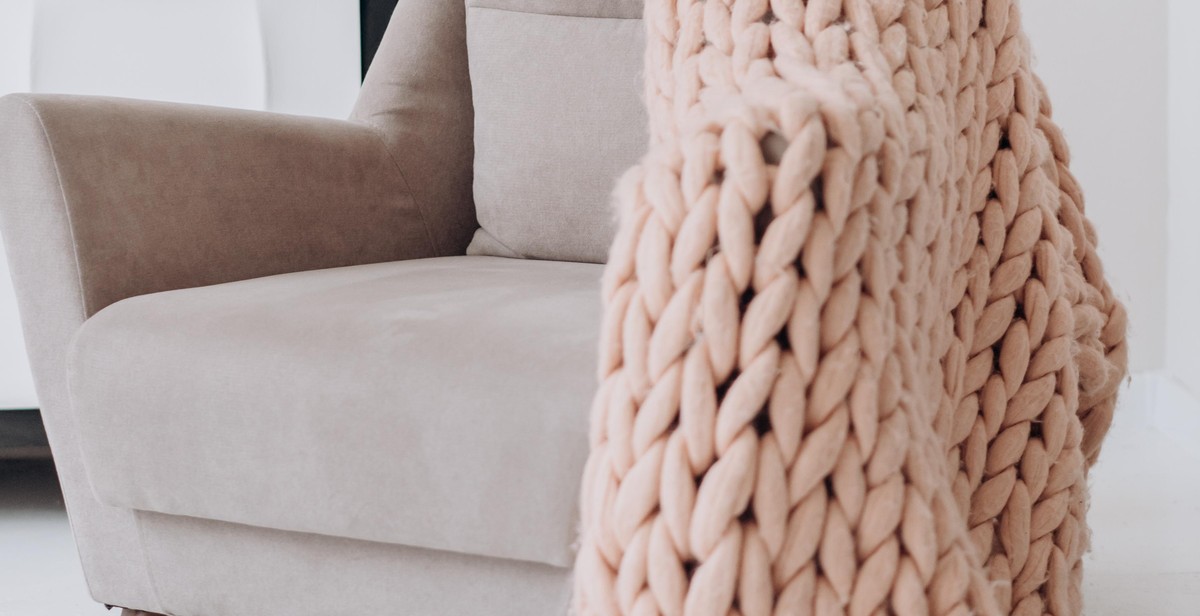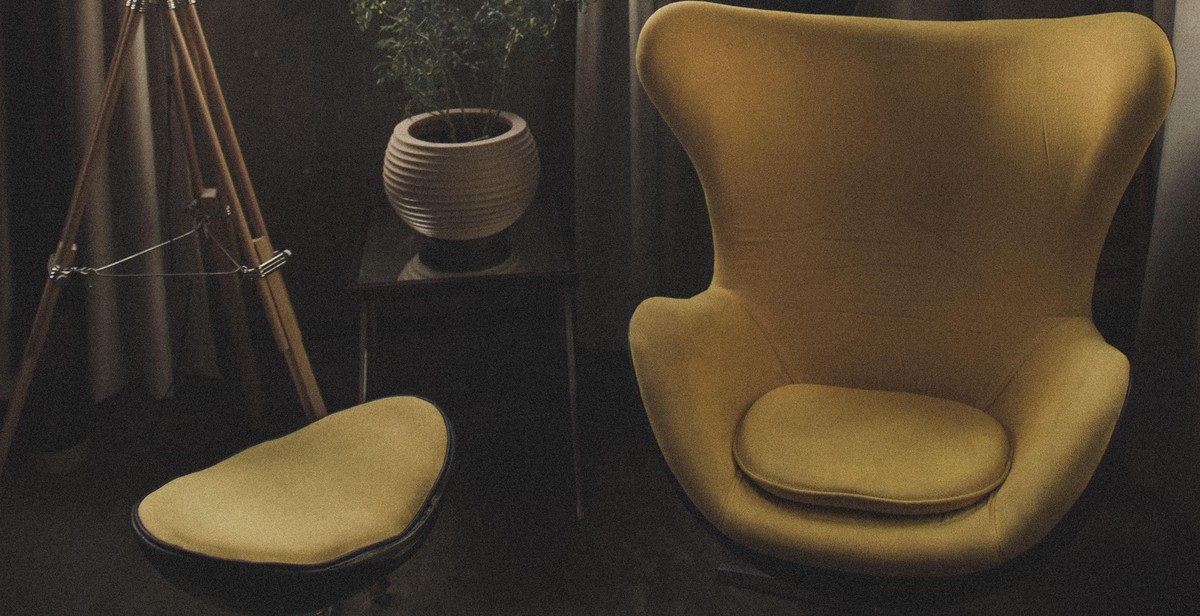How to Choose Eco-Friendly and Sustainable Home Decor
As our world becomes more conscious of the impact we have on the environment, many people are making the switch to eco-friendly and sustainable home decor. This type of decor not only looks great in any home, but it also helps reduce our carbon footprint and support sustainable practices.
Why Choose Eco-Friendly and Sustainable Home Decor?
By choosing eco-friendly and sustainable home decor, you are making a positive impact on the environment. Traditional home decor often uses materials that are harmful to the environment, such as plastics and synthetic fibers. These materials can take hundreds of years to decompose and can release toxic chemicals into the environment.
Eco-friendly and sustainable home decor, on the other hand, uses materials that are renewable, biodegradable, and non-toxic. This means that they can be easily recycled or decomposed without causing harm to the environment. Additionally, sustainable practices often involve using recycled materials, reducing waste, and supporting local communities.
Choosing eco-friendly and sustainable home decor not only benefits the environment but also supports ethical and responsible practices. By making conscious choices about the products we buy and the materials we use, we can create a healthier and more sustainable future for ourselves and the planet.
In the following sections, we will explore some tips on how to choose eco-friendly and sustainable home decor that suits your style and values.

Materials for eco-friendly and sustainable home decor
Choosing eco-friendly and sustainable materials for your home decor not only helps the environment but also creates a healthier living space for you and your family. Here are some materials that are both stylish and sustainable:
Bamboo
Bamboo is one of the most popular sustainable materials for home decor. It is fast-growing and renewable, making it an eco-friendly alternative to traditional wood. Bamboo can be used to make furniture, flooring, and even decorative accents like curtains and wall art. It is also durable and easy to maintain.
Cork
Cork is another sustainable material that is gaining popularity in home decor. It is harvested from the bark of cork oak trees, which regenerate their bark every 9-12 years. Cork can be used for flooring, wall tiles, and even furniture. It is also naturally water-resistant and hypoallergenic, making it a great choice for people with allergies.
Recycled materials
Recycling is an important part of sustainable living, and it can also be incorporated into your home decor. Materials like reclaimed wood, recycled glass, and upcycled fabrics can be used to create unique and eco-friendly pieces. Recycled materials not only reduce waste but also add character and charm to your home.
Organic cotton
Conventional cotton is one of the most pesticide-intensive crops in the world, making organic cotton a more sustainable choice for home decor. Organic cotton is grown without harmful pesticides and chemicals, making it safer for the environment and for people. It can be used for bedding, towels, and even curtains.
Hemp
Hemp is another sustainable material that is gaining popularity in home decor. It is a fast-growing crop that requires minimal water and pesticides to grow. Hemp can be used to make textiles, rugs, and even furniture. It is also durable and naturally resistant to mold and mildew.
By choosing eco-friendly and sustainable materials for your home decor, you can create a stylish and healthy living space while also doing your part to protect the environment.

Color schemes for eco-friendly and sustainable home decor
When it comes to eco-friendly and sustainable home decor, choosing the right color scheme can make a big difference. Here are some color schemes that are perfect for creating a sustainable and environmentally friendly home:
Natural colors
Natural colors are a great choice for eco-friendly home decor. These colors are inspired by nature and include shades of green, brown, beige, and gray. Natural colors help to create a calming and relaxing environment in your home, and they are also very versatile. You can use natural colors on walls, furniture, and accessories to create a cohesive and sustainable look.
Earthy tones
Earthy tones are another great option for eco-friendly home decor. These colors are inspired by the earth and include shades of brown, green, and yellow. Earthy tones help to create a warm and inviting atmosphere in your home, and they are perfect for creating a cozy and sustainable look. You can use earthy tones on walls, furniture, and accessories to create a natural and organic feel in your home.
Pastels
Pastels are a softer and more subtle option for eco-friendly home decor. These colors include shades of pink, blue, and green, and they help to create a calming and peaceful environment in your home. Pastels are perfect for creating a sustainable and gentle look, and they work well in bedrooms, bathrooms, and other areas of your home where you want to create a relaxing atmosphere.
When choosing a color scheme for your eco-friendly and sustainable home decor, it’s important to consider the impact that your choices will have on the environment. Choose colors that are made from sustainable and environmentally friendly materials, and opt for natural and organic materials whenever possible. By making conscious choices about your home decor, you can create a sustainable and beautiful home that is good for both you and the environment.

Furniture for Eco-Friendly and Sustainable Home Decor
When it comes to eco-friendly and sustainable home decor, choosing the right furniture is crucial. Not only does it contribute to the overall theme and style of your home, but it also plays a significant role in reducing your carbon footprint and promoting sustainable living. Here are some options for eco-friendly furniture:
Vintage and Second-Hand Furniture
One of the best ways to reduce waste and promote sustainable living is by choosing vintage or second-hand furniture. Not only does it give your home a unique and timeless look, but it also prevents furniture from ending up in landfills. You can find vintage and second-hand furniture in thrift stores, antique shops, and online marketplaces. By choosing to buy used furniture, you’re also reducing the demand for new furniture production, which requires a lot of resources and energy.
Furniture Made from Sustainable Materials
If you’re in the market for new furniture, consider choosing pieces made from sustainable materials. These can include bamboo, reclaimed wood, and other materials that are renewable and/or recycled. These materials not only reduce the environmental impact of furniture production but also tend to be more durable and long-lasting. Some sustainable furniture brands also use eco-friendly finishes and adhesives to further reduce their environmental impact.
| Pros | Cons |
|---|---|
| Reduce waste | May require more effort to find |
| Unique and timeless look | May require repairs or restoration |
| Prevent furniture from ending up in landfills | May not be as customizable as new furniture |
- Choose vintage or second-hand furniture
- Look for furniture made from sustainable materials
- Consider eco-friendly finishes and adhesives
By choosing eco-friendly and sustainable furniture for your home, you’re not only reducing your carbon footprint but also contributing to a healthier planet. With so many options available, it’s easy to find furniture that fits your style and values.

Decorating with Plants
Plants are not only aesthetically pleasing but also provide a host of benefits for the environment and our health. Incorporating plants into your home decor is a sustainable and eco-friendly option that can improve air quality, reduce stress, and enhance overall well-being.
Benefits of Decorating with Plants
Plants are natural air purifiers that can remove harmful toxins from the air, making the indoor environment healthier. They also increase humidity levels, which can prevent dry skin, coughs, and sore throats. Moreover, plants can reduce stress and anxiety levels, improve mood, and increase productivity.
Low-Maintenance Plants for Home Decor
For those who are new to plant care or have a busy lifestyle, low-maintenance plants are a great option. Some of the best low-maintenance plants for home decor include snake plants, pothos, ZZ plants, and cacti. These plants require minimal watering and can thrive in low-light conditions.
Plants for Air Purification
Indoor air pollution can be a major concern, especially for those living in urban areas. However, certain plants can help purify the air and remove harmful toxins such as formaldehyde, benzene, and trichloroethylene. Some of the best plants for air purification include spider plants, peace lilies, bamboo palms, and rubber plants.
| Plant Name | Benefits |
|---|---|
| Spider Plant | Removes formaldehyde and xylene |
| Peace Lily | Removes benzene, formaldehyde, and trichloroethylene |
| Bamboo Palm | Removes formaldehyde, benzene, and trichloroethylene |
| Rubber Plant | Removes formaldehyde |
Overall, incorporating plants into your home decor not only adds a touch of nature to your living space but also provides numerous benefits for your health and the environment. With a wide variety of low-maintenance plants available, it’s easy to find the perfect plant to suit your lifestyle and decor preferences.
Conclusion
Choosing eco-friendly and sustainable home decor is not only good for the environment but also for your health and well-being. By implementing sustainable practices in your home decor, you can reduce your carbon footprint and make a positive impact on the world.
When selecting eco-friendly home decor, always look for products made from natural and renewable materials such as bamboo, cork, and organic cotton. Avoid products made from synthetic materials such as plastic or polyester, as they are harmful to the environment and take a long time to decompose.
It is also essential to consider the manufacturing process of the products you are buying. Look for companies that prioritize sustainable and ethical practices such as reducing waste, using renewable energy, and fair labor practices.
Another way to make your home decor more sustainable is by repurposing or upcycling old furniture or decor items instead of buying new ones. This not only reduces waste but also adds a unique touch to your home decor.
In conclusion, by making conscious choices and being mindful of the impact of your purchases, you can create a beautiful and sustainable home that is good for you and the planet.
